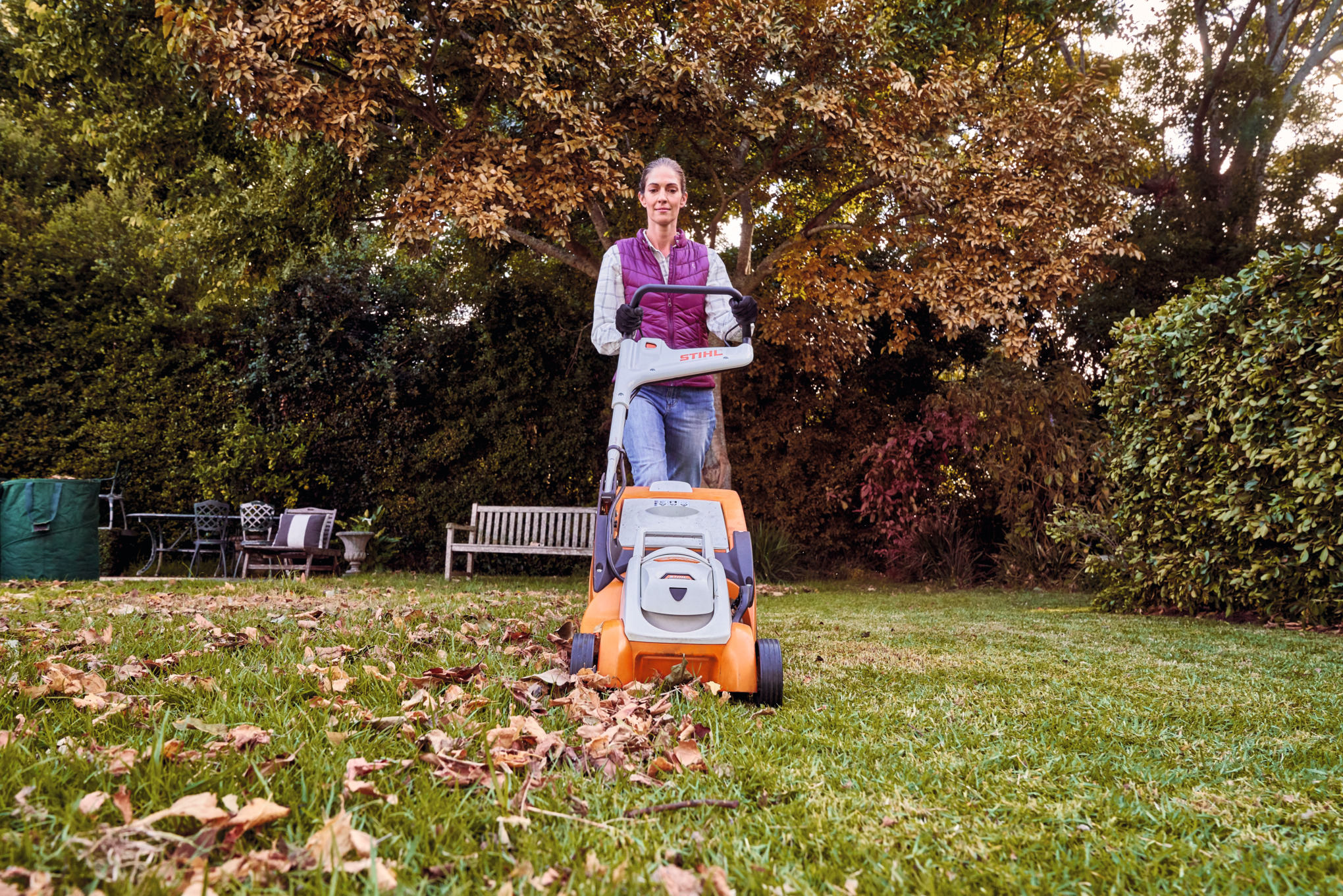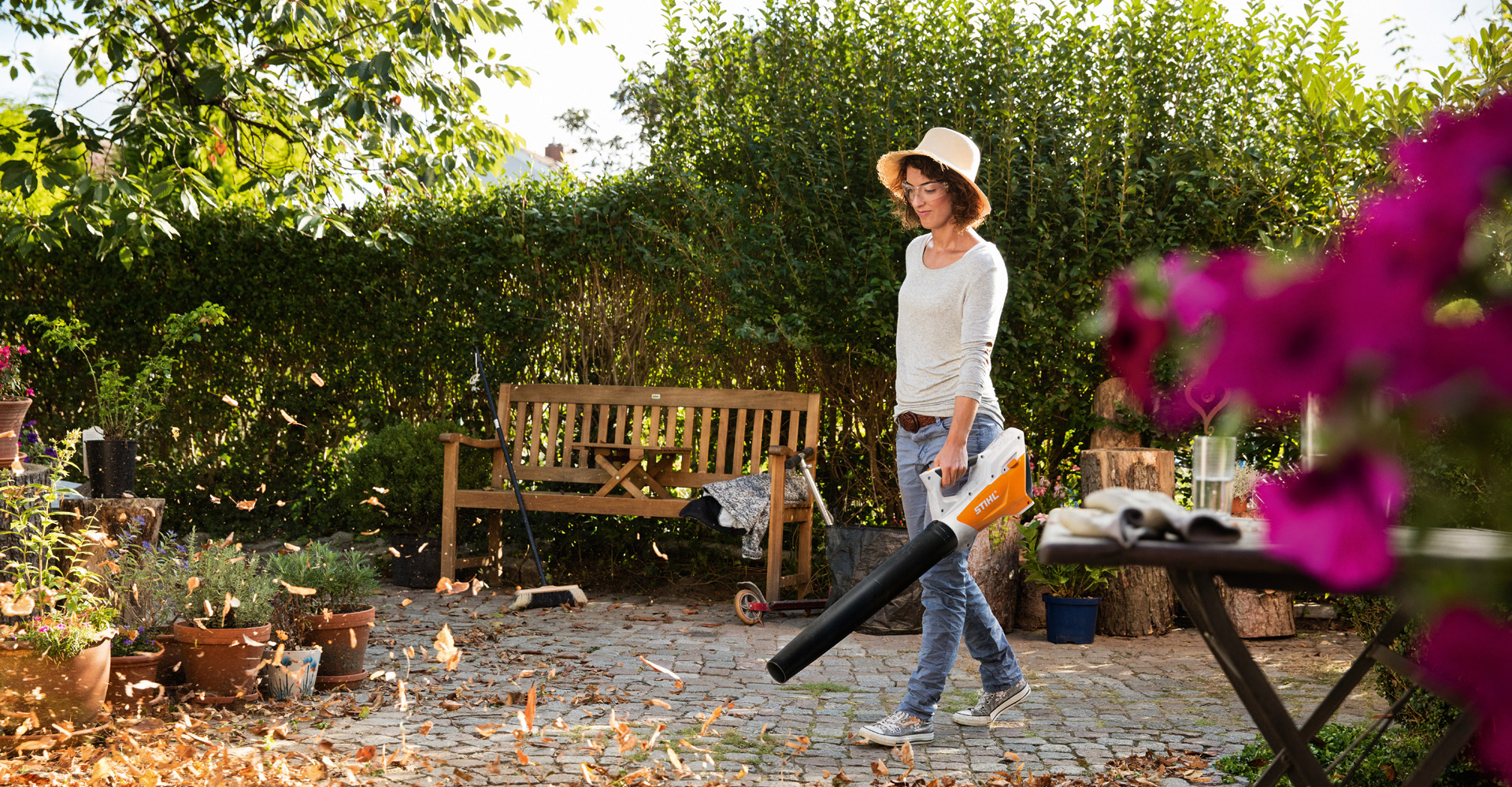Autumn leaves
Not only does Autumn provide comfortable conditions for you and your garden, it also treats us to gorgeous, bright hues of red, orange and yellow as the days get shorter and we move towards the coolest time of the year.
16.02.2024
WHY LEAVES CHANGE COLOUR AND FALL DURING AUTUMN
Spring and Summer are the growth seasons, but what’s happening to your trees and leaves during Autumn and Winter is a completely different story. The change in colour each year is determined by a combination of genetics, climate and geography. Much like the weather, no two years are the same. Deciduous trees display the most intense leaf colour during Autumn.

During Spring and Summer, the bright green hues are thanks to the chlorophyll present in the leaves, and the process of photosynthesis. During photosynthesis, green plants capture light energy and use it to convert water, carbon dioxide, and minerals into oxygen and energy-rich organic compounds, resulting in growth and the vibrant green colours. Essential for photosynthesis, chlorophyll is in greatest abundance during the growth seasons.
When light energy levels begin to decline, so does the production of ‘food’ for your plants due to the declining hours of sunlight experienced in a single day. As the days begin to shorten and temperatures drop, the rate of photosynthesis declines and the dominant green chlorophyll starts to decompose, allowing the yellow and orange pigments of carotenoids to be revealed.
SUMMER LEAF LITTER EXPLAINED
Your trees may shed leaves during Summer, which is normal and for a completely different reason to the reason they fall during Autumn. If you experienced a healthy Spring season with plenty of sunlight, rain and thus, growth, your trees may have overproduced more leaves than they can handle, particularly when the rainfall disappears and the temperatures begin to soar in Summer. Thinning of your trees during summer is a normal process, so expect some leaf litter.
WHY DO THE HUES VARY FROM TREE TO TREE, YEAR TO YEAR?
No, you are not imagining it. Some years we experience leaves lacking any real vibrancy or colour, which can be disappointing. Though some years the colours seen are so spectacular, they are almost unbelievable. There is an old wives tale that suggests that rainy days wash the colour from leaves, and this isn’t far from the truth. Warm nights and cloudy, rainy days do reduce the intensity of the colours.

On the other hand, bright, sunny days and cool nights allow photosynthesis to occur, even in Autumn when chlorophyll levels are declining. The yellow and orange carotenoids become more powerful, and as night temperatures fall they turn into anthocyanins. This enables the red pigment to reach full development, creating the most colourful Autumn.
During Spring and Summer, the bright green hues are thanks to the chlorophyll present in the leaves, and the process of photosynthesis. During photosynthesis, green plants capture light energy and use it to convert water, carbon dioxide, and minerals into oxygen and energy-rich organic compounds, resulting in growth and the vibrant green colours. Essential for photosynthesis, chlorophyll is in greatest abundance during the growth seasons.

When light energy levels begin to decline, so does the production of ‘food’ for your plants due to the declining hours of sunlight experienced in a single day. As the days begin to shorten and temperatures drop, the rate of photosynthesis declines and the dominant green chlorophyll starts to decompose, allowing the yellow and orange pigments of carotenoids to be revealed.
SUMMER LEAF LITTER EXPLAINED
Your trees may shed leaves during Summer, which is normal and for a completely different reason to the reason they fall during Autumn. If you experienced a healthy Spring season with plenty of sunlight, rain and thus, growth, your trees may have overproduced more leaves than they can handle, particularly when the rainfall disappears and the temperatures begin to soar in Summer. Thinning of your trees during summer is a normal process, so expect some leaf litter.

WHY DO THE HUES VARY FROM TREE TO TREE, YEAR TO YEAR?
No, you are not imagining it. Some years we experience leaves lacking any real vibrancy or colour, which can be disappointing. Though some years the colours seen are so spectacular, they are almost unbelievable. There is an old wives tale that suggests that rainy days wash the colour from leaves, and this isn’t far from the truth. Warm nights and cloudy, rainy days do reduce the intensity of the colours.
On the other hand, bright, sunny days and cool nights allow photosynthesis to occur, even in Autumn when chlorophyll levels are declining. The yellow and orange carotenoids become more powerful, and as night temperatures fall they turn into anthocyanins. This enables the red pigment to reach full development, creating the most colourful Autumn.


